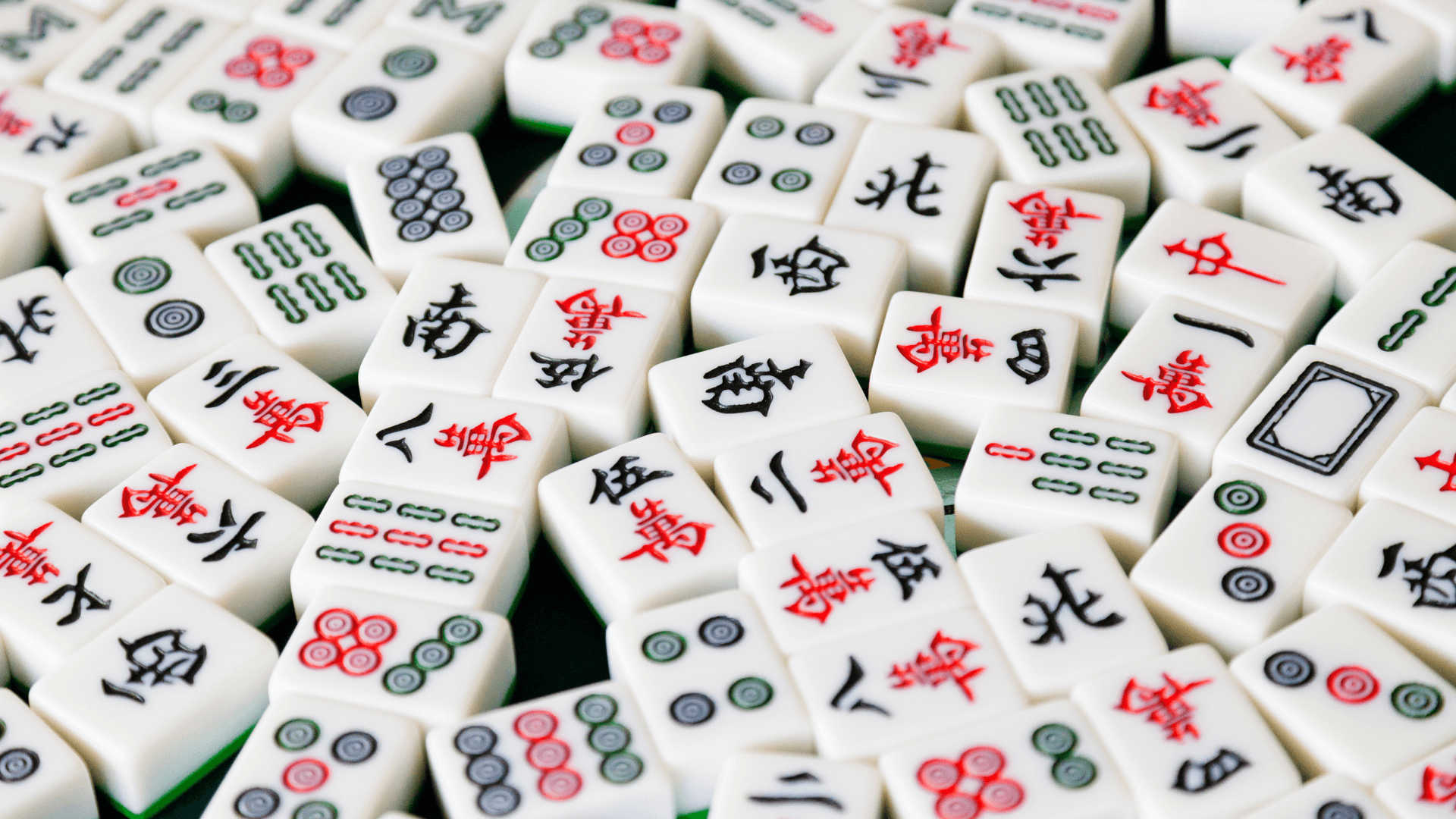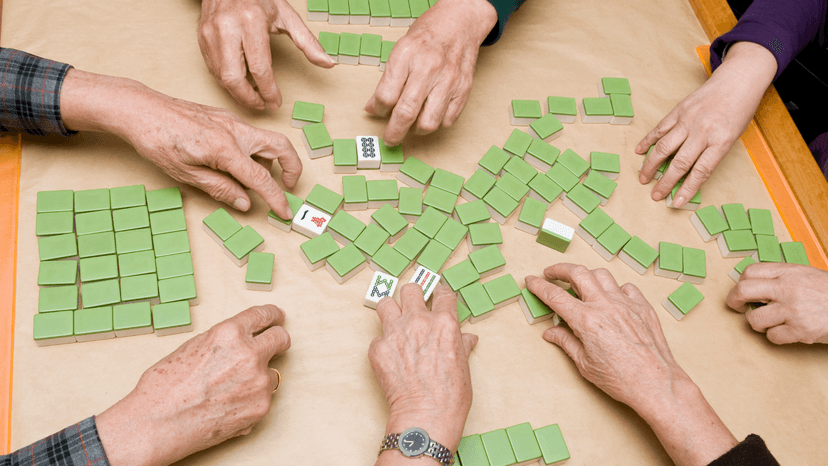Popular Mahjong Types

Mahjong has a long history, and while many of its iconic variations aren't available online, you can still find some versions at online casinos. For players in Rwanda interested in exploring these, there are options to discover.
If you're keen to learn more about mahjong variations, our comprehensive guide covers Chinese mahjong variants and others. The sheer quantity of other variants is vast, so be sure to read through to the end.
Chinese Mahjong Variants for Rwandan Players
Changsha Mahjong
Changsha Mahjong is frequently played in Hunan Province. To play this version, players must acquire unique tiles consisting solely of 2s, 5s, or 8s. When playing Changsha Mahjong, certain tiles are prohibited from being chosen from the playing surface, and winds are also not used. Winners of each round participate in a special lottery for bonuses, which often doubles their score.
Chinese Classical Mahjong
The oldest form of Mahjong still played today is Chinese classical mahjong. It gained popularity in America in the 1920s under various names. While less common in Asia, it maintains a dedicated following in the West. Each player scores, and the winning score can be surpassed.
Competition Mahjong
The international mahjong standard has been adopted by several mahjong societies. Established by the All-China Sports Federation in July 1998, it's used for competitions and sometimes for casual play. It emphasizes calculation and strategy by incorporating a wide array of alternative scoring rules.
Exploring Other Mahjong Variants
Filipino Mahjong
There are sixteen tile hands in Filipino mahjong. Tiles can be considered wild in some cases. Moreover, Honors are viewed as extra benefits.
Taiwanese Mahjong
The most popular form of mahjong in Taiwan is called Taiwanese mahjong, which employs hands of sixteen tiles, offers incentives to dealers and repeat dealerships, and enables many players to win from a single discard.
Japanese Mahjong
Mahjong is standardized in Japan and South Korea as Japanese Mahjong, which is also frequently seen in video games. The rules of Riichi and Dora are distinctive features of this version. Also, to account during play, tile discards are carefully put in front of each player in discard order. To finally increase their worth, some rules swap out certain number 5 tiles for red tiles.
Korean Mahjong
Korean Mahjong is a fantastic variant for three players that is distinctive in many ways. The seasons and one outfit are entirely absent. Play is quicker, and scoring is easier. The use of disguised hands is widespread, and no melded chows are permitted. Riichi plays a crucial role in the game as well.
Pussers Bones
A quick-moving variation called pussers bones was created by sailors in the Royal Australian Navy. Instead of using the terms East, South, West, and North, it employs terms like Eddie, Sammy, Wally, and Normie.
Singaporean Mahjong
Hong Kong and Singaporean mahjong are two closely related varieties. Four animal bonus tiles are used in Singaporean mahjong, and there are several alternate scoring methods that provide rewards midway through the game if specific criteria, like a kong, are satisfied. Melds might also come in a format that's distinct from the majority of other versions.
Vietnamese Mahjong
Vietnamese mahjong features eight special jokers. However, there are only eight additional flowers, bringing the total to 160 tiles. In a modern twist, jokers are tripled or quadrupled, resulting in 176 or 184 tiles.
Western Classical Mahjong
Joseph P. Babcock, an employee of Standard Oil, introduced mahjong to America in the 1920s, and Western Classical Mahjong is a direct descendant of that game. Today, this term primarily refers to the Wright-Patterson regulations, used by the American military, and other similar American-developed variations.
The Most Popular Mahjong Variant for Rwandan Players
The most widely recognized Mahjong variant is Solitaire Mahjong, a single-player matching game that utilizes a set of mahjong tiles instead of playing cards. Rather than being a physical tabletop game, it's more commonly played on a computer. While it's entirely different from the traditional four-player mahjong game, it borrows its name from it. Many Rwandan players enjoy this digital version for its accessibility.
Choosing Your Mahjong Path in Rwanda
The world of mahjong variations is vast, so it's best for players in Rwanda not to attempt mastering every single one. Although the core gameplay isn't drastically different, the scoring systems can vary significantly.
The ideal approach is to select one or at most two games and become proficient in them. Once a player feels they've mastered a particular version, they can then explore another. Those who prefer playing solo can certainly try Solitaire Mahjong.
FAQ
What are the different types of mahjong available?
There are numerous variations of mahjong. These include Chinese versions like Changsha Mahjong and Fujian Mahjong, as well as non-Chinese versions such as American Mahjong and Filipino Mahjong. The rules and gameplay can differ significantly between these versions.
Which version of mahjong is considered the best to play?
Hong Kong Mahjong is a popular choice, closely resembling the traditional Chinese version. However, many players also enjoy American, Chinese, and Japanese Mahjong for their unique rules and strategic elements. Ultimately, the "best" version depends on personal preference.
How does American Mahjong differ from Chinese Mahjong?
American Mahjong uses 8 joker tiles and specific scorecards, while traditional Chinese Mahjong typically uses 144 tiles. The scoring systems and hand requirements also differ significantly between the two versions.
Are Japanese and Chinese Mahjong the same game?
No, Japanese Mahjong (also known as Riichi Mahjong) is a variation of the classic Chinese game, but it includes several unique rules and scoring methods. These differences create a distinct gameplay experience.







